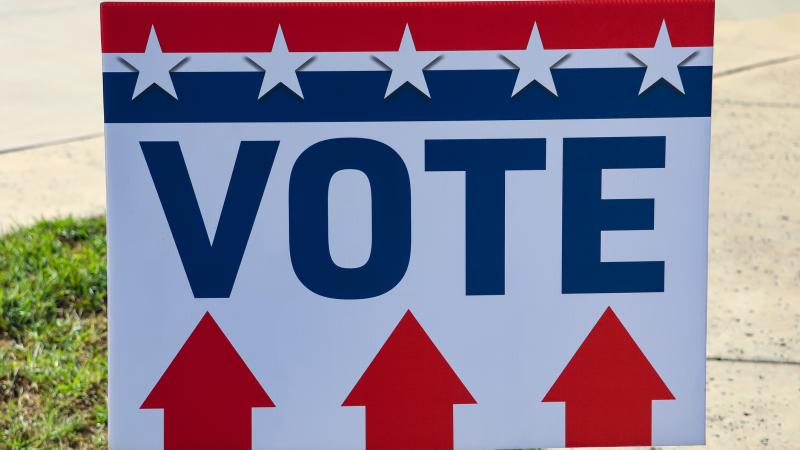New video of Jan. 6 Capitol breach depicts disorder, disrespect, not violent insurrection
The security camera videos — one of which has racked up over three million views on Twitter — were released under court order to 16 media organizations.
Five videos of the Jan. 6 Capitol breach released under court order last week by the Department of Justice to 16 media organizations capture a range of unauthorized, disorderly and sometimes disrespectful crowd activity that appears to fall short of widely propagated claims of violent insurrection.
The short video extracts are not conclusive, as they represent only a tiny fraction of the thousands of hours of security camera footage of the tumultuous events of that date recorded inside the Capitol Building.
U.S. District Chief Judge Beryl Howell ordered federal prosecutors to release the videos last week to the media organizations, including BuzzFeed News, which published the footage on Tuesday, with one video receiving over 3.3 million views on Twitter as of Friday evening.
The government had opposed the release of the videos, claiming they could "be used to track individual rioters moving through the building thereby creating a visual pathway which other bad-actors could use in planning their breach point and pathway for future attacks."
Howell ruled that the government's argument was "insufficient to overcome the public right of access" of the videos.
The five videos, totaling 33 minutes of closed-circuit video (CCV) footage from different locations and angles inside the Capitol, cover a span of about 15 minutes from 2:25 p.m. to 2:40 p.m.
Collectively, the videos depict a spectrum of group and individual behavior, ranging from rowdy, adrenaline-fueled disrespect for the setting and symbols of the citadel of American representative government, to much milling about by apparently aimless streams of election protesters behaving more like a motley herd of unsupervised political tourists than a threatening vanguard of seditionists.
In contrast to disturbing, widely viewed images of aggressive mobs swarming police lines outside the Capitol Building, these new videos from within the site reveal no significant conflict between protesters and Capitol Police.
The one-minute video with nearly three million views on Twitter shows people walking into the Capitol and climbing in through the windows, then meandering about, appearing to take pictures and video.
Three of the other videos show the Crypt of the Capitol, where people walk in and around the room, forming a crowd at one point, then dispersing and leaving the room. One person climbed onto the pedestal of a statue and made it hold a "Trump 2020" flag before they climbed around to the front of it, posed for a picture, then jumped off and took a photo of the statue with the flag.The last video shows people exiting the Capitol, passing by Capitol Police in riot gear as they stood near the doors and windows and walked around, with one using a baton to keep people outside from entering the building.
The videos were cited by prosecutors in their case against Eric Torrens, a Tennessee man who made a plea deal on Aug. 19 to one misdemeanor count of illegally "parading, demonstrating, or picketing in a Capitol building."
In court documents, the government noted that Capitol surveillance cameras showed Torrens entering the building and moving around inside, BuzzFeed News reported. The judge asked to examine the videos the government referred to before the plea hearing.
Citing a D.C. Circuit case, Howell wrote in the order to the Justice Department that "there is a 'strong presumption in favor of public access to judicial proceedings,' including judicial records." She also agreed with the media coalition that the government's national security concerns were unspecific.
"Hundreds of cases have arisen from the events of January 6, with new cases being brought and pending cases being resolved by plea agreement every week," the judge wrote. "The public has an interest in understanding the conduct underlying the charges in these cases, as well as the government's prosecutorial decision-making both in bringing criminal charges and resolving these charges by entering into plea agreements with defendants."















